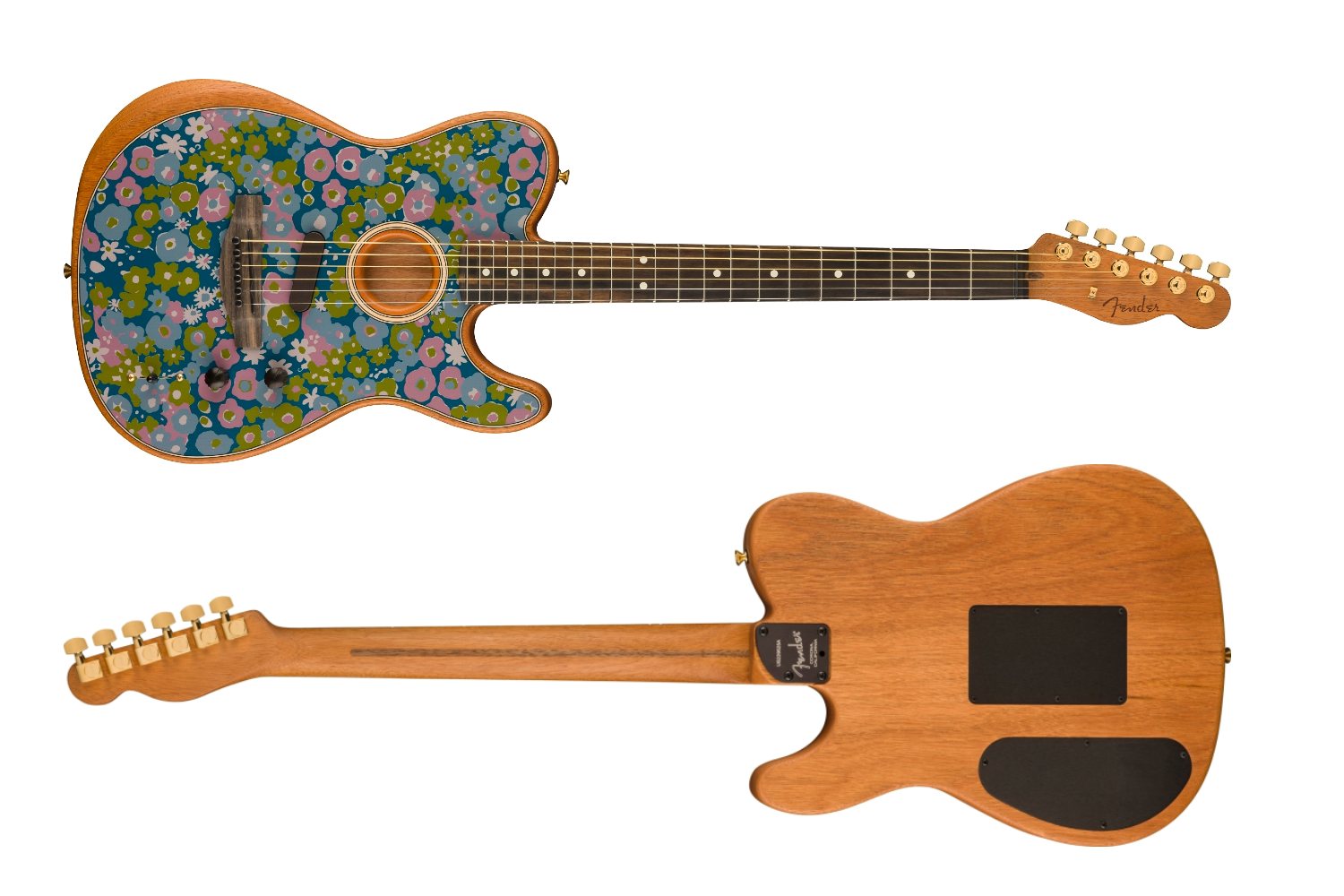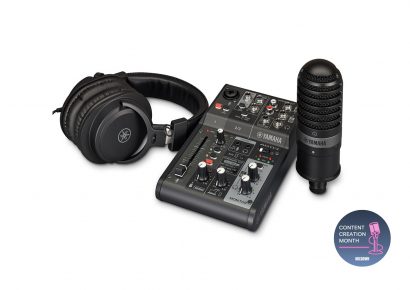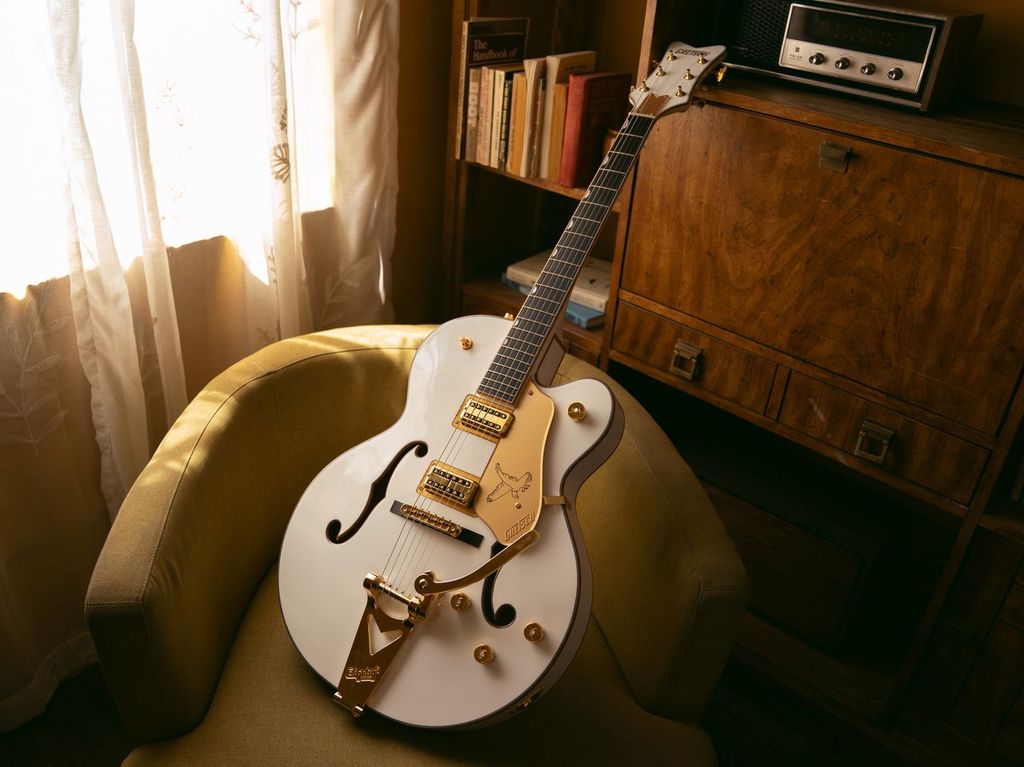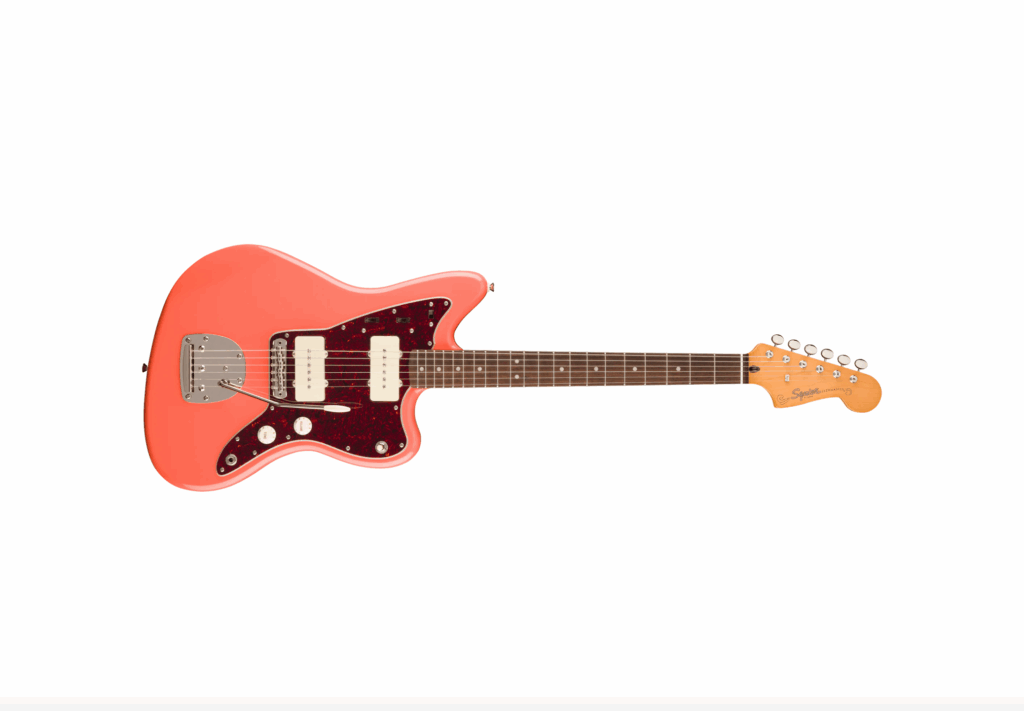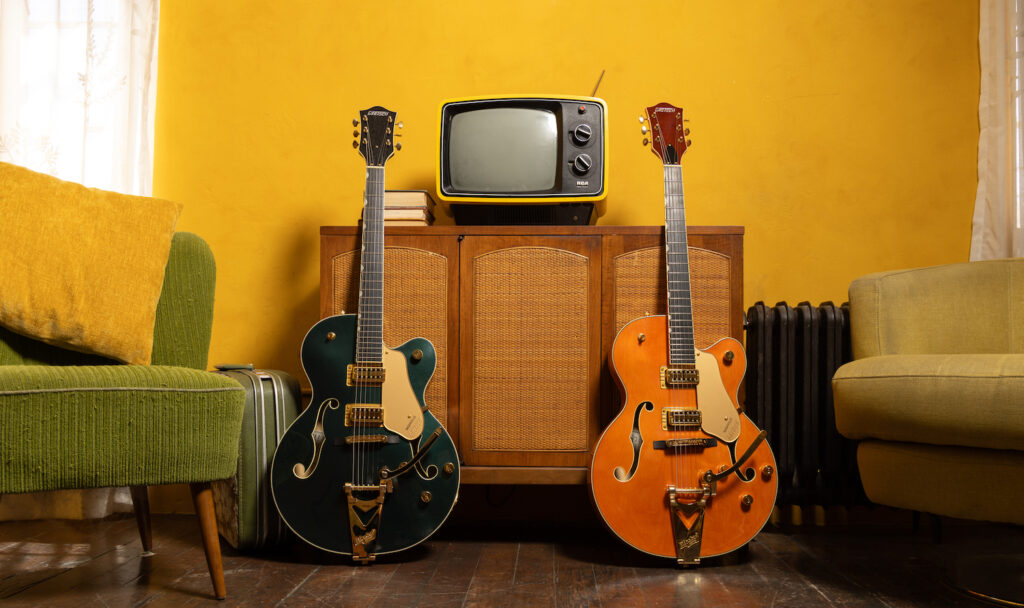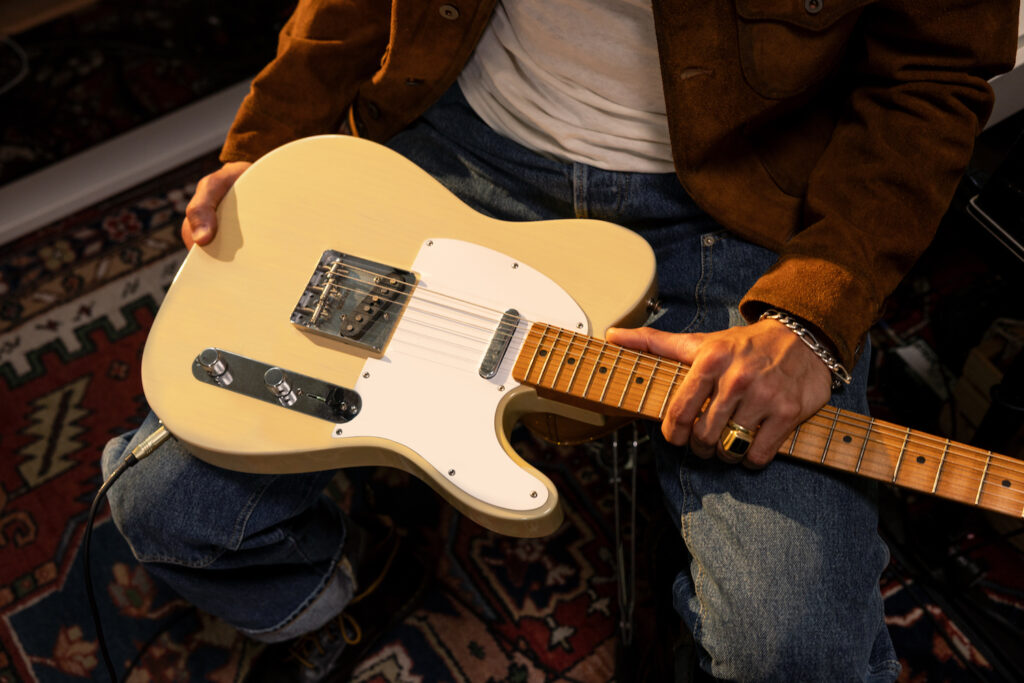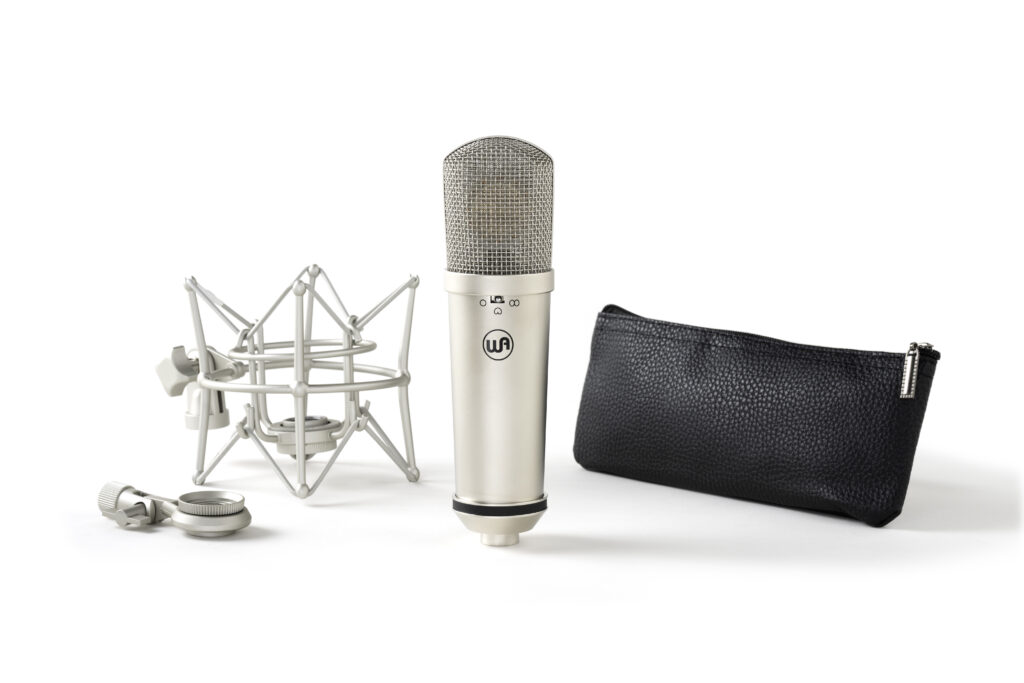Fender Music Australia | Enquire for pricing
Thousands of years from now, while future historians scrounge around in holographic renderings of ancient texts for methods for reviving the long-since obsolete file types upon which we currently inscribe the length and breadth of our present tense, to remind and forewarn themselves how awful and self-flagellating the end of the Anthropocene was, they will stumble across certain physical symbols of this age as iconographic clues to our time-worn mystery in much the same way as we look at Egyptian hieroglyphics or cave paintings today.
Read more gear reviews here.
View this post on Instagram
Fossilised Polaroid film will tell of our repeated vain debauchery at nuptials and coming-of-age celebrations, earthquakes will peel back layers of New Earth’s outer crust to reveal the mile-high structures of ore and glass we imprisoned/mortgaged ourselves to the eyeballs in, they will marvel lamentingly at the mountains of non-biodegradable plastic film within which we served ourselves imitation foodstuffs and consumable items used to cloak the shame of our physical form and, with any luck, they will find almost intact examples of the objects upon which we frivolously bang out our inexhaustible yet purportedly imperative self-expression.
No doubt one of the more ubiquitous symbols of the musical aspect of this day and age will assume the form of the mighty electric guitar. Like the 3½” floppy disk, Model T motor car, crumpling Grecian column, and countless other silhouetted glyphs before it, I can see now the outline of a Fender Strat or Tele branded on the wall of some space-age museum beside examples of the creative pulse of this, our bygone era.
Experts in the field of pre-apocalyptic anthropology will dig around and uncover evidence of the wild array of colours and patterns that decorated these ancient instruments and assign them political and sociological meanings. In a profound and pitying eureka moment, one such student of the future fallen past will write a dissertation on the semaphoric importance of the rarest of visages, the Blue Flower design that Fender has adorned this limited edition Acoustasonic Telecaster, and most likely miss the point entirely.
Even now, few could bring themselves to envisage the swinging ’60s without calling to mind the image of either a lava lamp, Op Art’s concentric ocular confusion, the self-discovery baiting paisley or some semblance of floral opulence. These were heady days for guitar manufacturers as the general population and marketing executives alike looked to trailblazers like George Harrison and Eric Clapton for inspiration both life-altering and wallet-emptying. As third eyes opened, fashion turned away from the striking blocks of colour favoured in the fifties, towards things scantly remembered through the haze of various mind-altering substances, and the player of the day needed a guitar to match their way out sound, man!
Enter polarising finishes like the aforementioned variations on the paisley theme, the so-awful-it-works Antigua Burst and the outlying Blue Flower that I see before me. Fender loves to pull themselves in two directions at once to remain relevant to the forefront of musical thought, so it seems fitting that they would adorn arguably their most futuristically functional confabulation with a finish that harkens back to a distant past that would have otherwise remained obscured in the cliff notes of a documentary voiced by the last poor sucker to buy a Grateful Dead LP unironically.
Aesthetics and history buff bait aside, let’s talk about the functionality of the Acoustasonic for a moment. If you’re reading this right now, as I assume you are if you can hear my voice in your head (~tRiPpY~), you’ve no doubt wondered why in the world someone who, in their search for an acoustic guitar, would throw their money at something that looks like a mutated electric? Conversely, you’ve most likely wondered why no one thought to blend the two main branches of the family tree before.
One way or another, you’ve gawked at a picture of this digital modelling Swiss Army guitar and wondered a) what it feels like b) what it sounds like, and c) how functional it might be as part of your collection. I have to say, when I first came across these machines, I was about as sceptical as I’ve ever been. However, months became years and as more and more of both the American and Mexican versions of this innovation moved through my store’s inventory, I found myself softening.
The Acoustasonic Player Telecaster is very resonant and loud enough to be played acoustically, and sounds great even without delving into the pickups, especially the Fender Acoustasonic Noiseless magnetic pickup. Plugged in and amplified, the sound is articulate and controlled, much like you’d expect from a more conventional acoustic guitar.
The knobs allow control over a master volume and a blend, and a three-way switch to toggle between different combinations of pickups, while the knobs are well within reach while playing.
The cutaway is comfy and again features a rounded edge, as well as the ever popular access heel that is becoming increasingly common across Fender’s newer ranges.
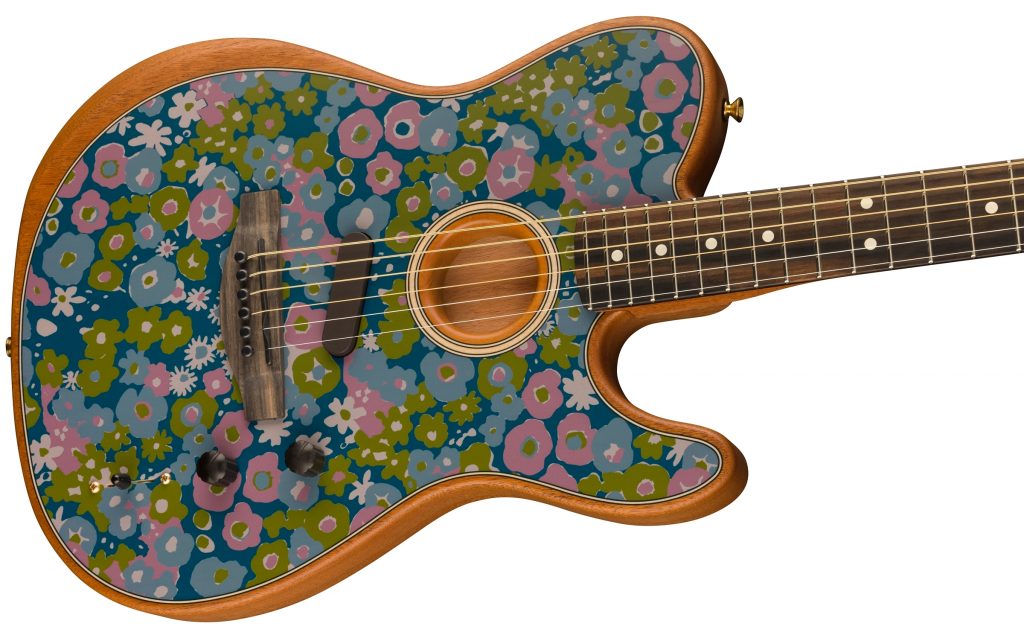
I have heard many a player of far greater skill level than me dial in a tone blended between two of the onboard DSP’s acoustic models that is not only convincing in its aural quality but a genuinely enjoyable listen. Equally, watching someone deftly flick from a heart-rending country ballad to a searing chicken pickin’ lead line with as much effort as a furrowed brow is as entertaining as footage of Jerry Lee Lewis (RIP) kicking his ivories.
Sure, you’re not going to win any points with the puritans huffing out of your show with upturned noses, but they are not the intended audience and in turn, you could say are in danger of firmly planting themselves on the wrong side of history. At the end of the day, the designers promised a guitar that can simultaneously fill the shoes of both your favourite acoustic and its electric counterpart and then some, and they undeniably delivered in as comfortable and effortless a manner as they possibly could.
Like carbon fibre bowl backs, the Floyd Rose tremolo, digital multi-effect units, and countless other innovations before it, the Acoustasonic will have its detractors. Humans are inherently averse to change, and wars have been fought for less drastic capitulations, but that is not to say that change is not a necessary evil just as much as nostalgia is narcotic.
In this limited edition Blue Flower Acoustasonic Telecaster, Fender once again proves that not only are they a company steered by innovation, but that they do so with the proud wind of history filling their sails.
Head to Fender for more information. For local enquiries, reach out to Fender Music Australia.
From eye-catching models with special colours and specs, to Limited Edition guitars that stand out from the crowd. Now is your chance to get your hands on exclusive models which can only be purchased for a limited time on fender.com.
